Chais & Crus
Denis (Isabelle et Denis) Pommier
Fourchaume Chablis 1er Cru Chardonnay
2014
Organic: Practicing
Vineyard: Fourchaume is a 250 acres (100 Ha) vineyard, planted to the left of the Grand Crus. It is arguably the most recognizable and highly reputed of the Chablis 1er Crus.
Orientation: West/Southwest
Soil: Kimmeridgien - limestone
Viticulture: AgriBio certified since 2010. Farms organically and manually works the soils. Grapes are harvested in small cases of 15 kg and are immediately pressed.
Vinification: Alcoholic and malolactic fermentation in 50% tank and 50% neutral barrels of varying age.
Aging: Blended wines are aged on the lees for 18 months in combination of vats and barrels.
Notes: Fourchaume produces wines that are distinctly floral and fruity, possessing minerality and delicacy.
RATINGS
Publication: Burghound
Rating: 91
(from Fourchaume and Vaupoulent). A deft but not invisible application of wood set off ripe and fresh aromas of green fruit, pear, apple and quinine wisps. There is excellent richness and volume to the sappy, lush and textured medium weight flavors that possess both good punch and focused power, all wrapped in a clean, dry and ever-so-mildly austere finale. Lovely and a relatively elegant example of the cru. 91/2020+
Publication: Vinous
Rating: 91
Pale, bright yellow. Deeply pitched, youthfully subdued nose hints at nectarine, caraway seed and mint. The most intensely flavored of these 2014s, showing firm acidity and saline minerality for this often exotic premier cru. Offers an enticing balance of citrus and stone fruit flavors and salty lift and finishes with very good subtle length and sneaky energy. — 9 years ago
Pascal Doquet
Premiers Crus Brut Blanc de Blancs Chardonnay 2002
So glad I brought this back from France. 2002 on this is a clean finish. Wow!! — 10 years ago
Les Chais du Vieux Bourg
QV d'étoiles l'Étoile Chardonnay 2011
There is a lovely roundness to the green & yellow fruit here, that kind of old barrel character, that comes through on the palate, very smoothed off edges — 11 years ago
Les Chais Beaucairois
Club des Sommeliers Monbazillac 2012
Good little wine... — 12 years ago
Les Chais du Vieux Bourg
Côtes du Jura Poulsard 2010
Danke Ludwig! — 12 years ago
Chais St. Laurent
La Vigne en Veron Chinon Cabernet Franc Rosé 2016
Aromatic, herbal, amazing for price — 8 years ago
Château La Tour de Mons
Margaux Cabernet Sauvignon Blend
1/20/2017: Degustation CA Grand Crus — 9 years ago
Pascal Doquet
Premiers Crus Brut Rosé Champagne Blend
Savory. Funk. Delicious. — 9 years ago
Caves Des Grand Crus
Vieilles Vignes Pouilly-Vinzelles Blanc 2013
Fruity, buttery lovely wine for a warm summer evening. Light crisp. Nice. — 9 years ago
Les Chais du Vieux Bourg
Côtes du Jura Savagnin 2014
Bright cherry, almost juicy like — 9 years ago
Pascal Doquet
Premiers Crus de la Côte des Blancs Champagne Chardonnay
Lots going on with this - don't think I've had a blanc de blanc quite like this before. Really good! — 10 years ago
Les Chais du Vieux Bourg
Le Micmacavin Macvin du Jura White blend 2010
Chais Beaucairois
Reserve Côtes du Rhône Red Rhone Blend 2012
Ok though not spectacular. Bit metallic. — 11 years ago
Taittinger
Limited Edition Grand Crus Brut Champagne Blend 2000
New Years Eve treat. — 12 years ago
Maitre de Chais
Provins Valais Petite Arvine 2011
Wonderful for a sunny aperitif. — 13 years ago
Domaine William Fèvre
Vaulorent Chablis 1er Cru Chardonnay 2014
2014 - one of the better 1er crus — 8 years ago
Château Grand-Puy Ducasse
Pauillac Red Bordeaux Blend 2010
1/20/2017: Degustation CA Grand Crus — 9 years ago
Domaine Vincent Dampt
Chablis Chardonnay
Yummmm. Montrio in Monterey is rocking some great wines. This one from my buddies at balanced wine selections... stunning stuff. Lots of citrus, brimming with acidity. Mandarin orange like the little hard candied kind. Great length and way better than most villages. Sits between a couple premier crus (lechet and sechet).::: nice — 9 years ago
Château Siran
Margaux Red Bordeaux Blend 2000
Lovely wine still has a few years to go, yet with a bit of air it opens up and show its lovely character. Deep red with light brawn rims, lovely rich nose, black currents, coffee, leather, cassis, chocolate and a touch of tea leaves, full body, dry round tannins,great acidity, lovely mouth filling structure, delicious finish. A truly well made wine that had benefitted for 16 years of aging. My score 90, doing better than some nice grad crus of this vintage. Drink to 2021 perhaps longer. — 9 years ago
Chais St. Laurent
La Vigne en Véron Chinon Cabernet Franc 2014
Cab franc. Old world. Light. Spicy. Smooth. Great. — 10 years ago
Henry Fessy
Crus Du Beaujolais Fleurie Gamay 2011
Pinot drinkers should give Beaujolais Cru some attention. This one has that cassis and funk going on. Medium bodies with smooth tart cherry finish. For only $15, it's a wine with a lot of character and depth. — 10 years ago
Les Vignerons des Crus Faugères
Parfum de Schistes Faugères Red Blend 2012
Starts off a little strong but really opens up after the first glass. — 11 years ago
Gérard Raphet
Clos de Vougeot Grand Cru Pinot Noir 2002
Gevrey-Chambertin Grand Crus VS Morey-Saint-Denis Grand Crus — 12 years ago
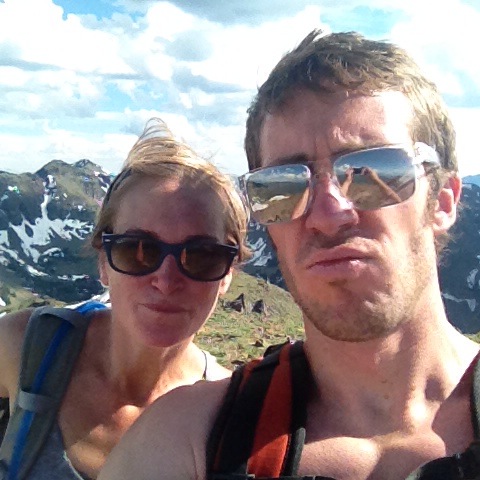
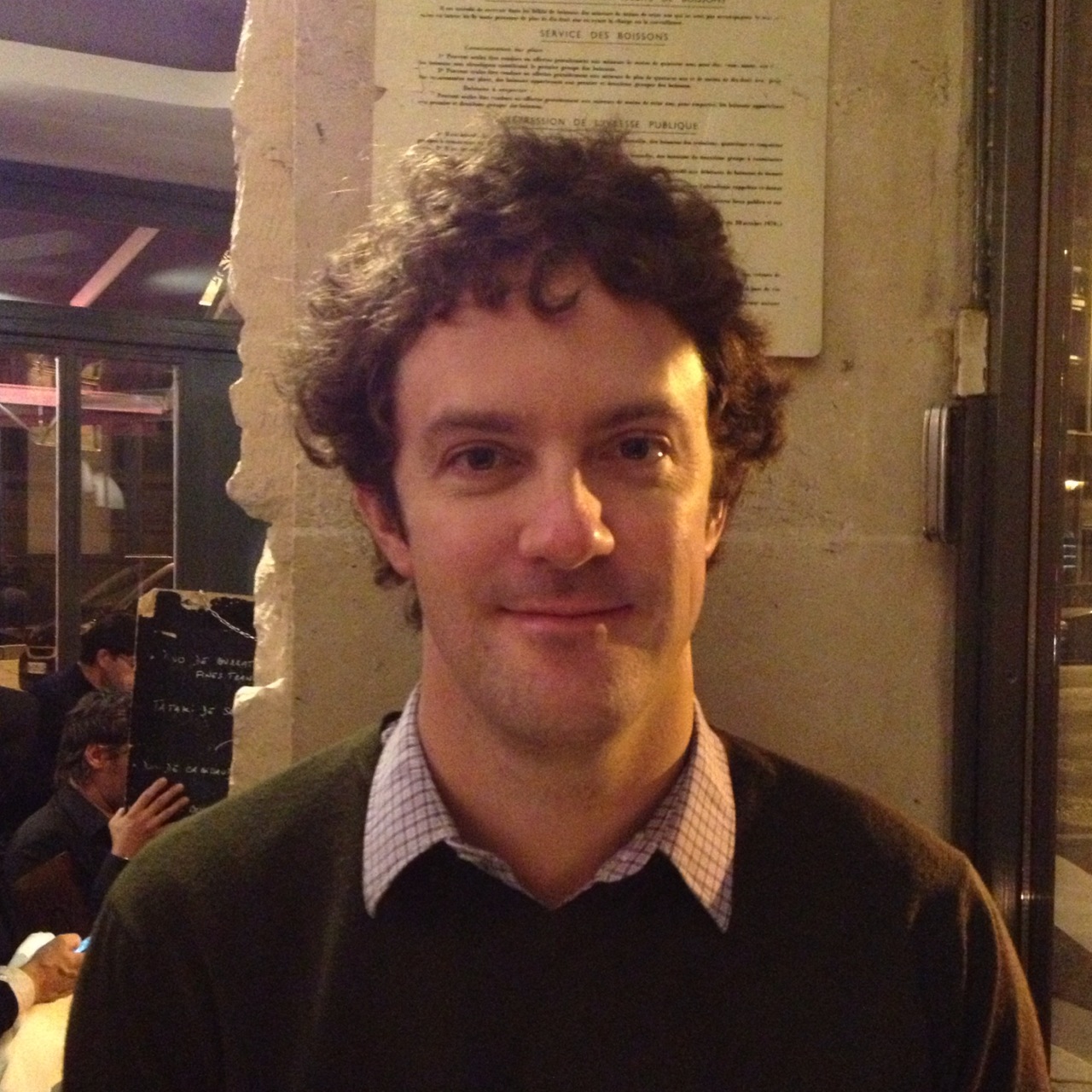

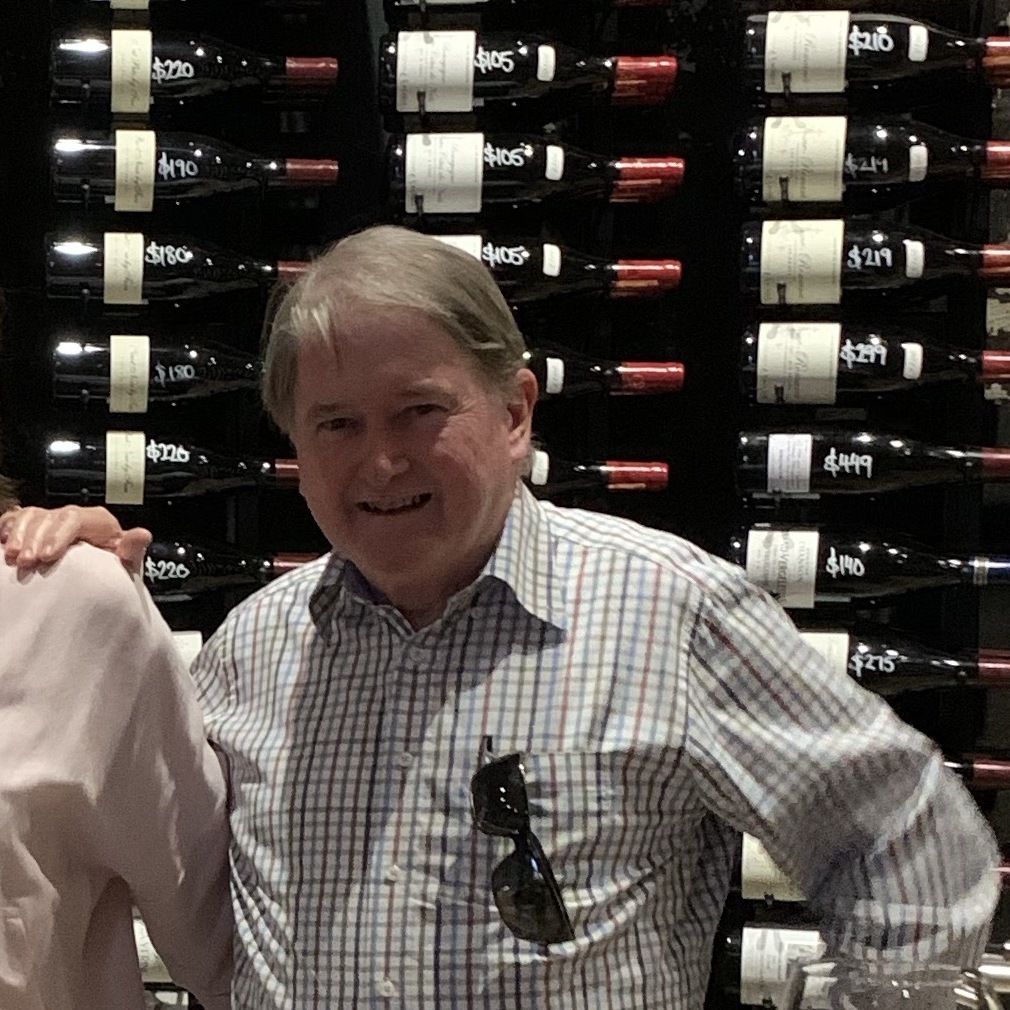




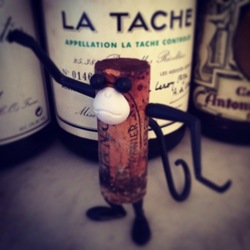






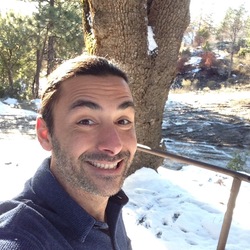
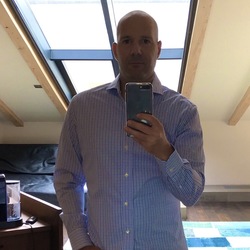






Michael Miller
Red fruit with bright acidity and earth/mineral notes — 8 years ago